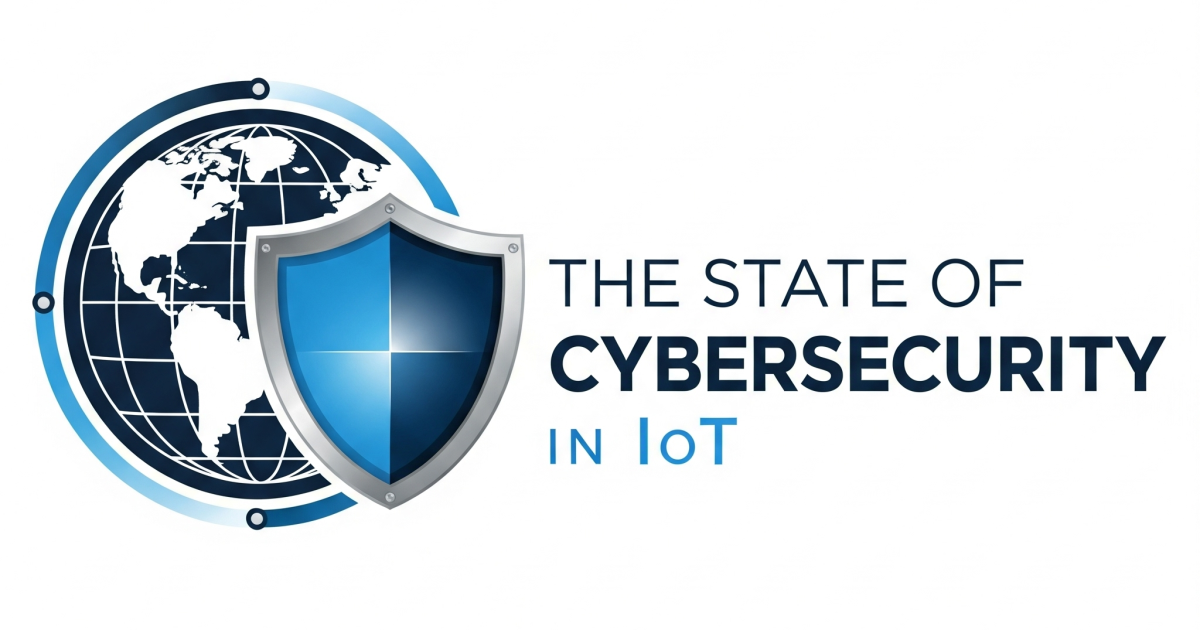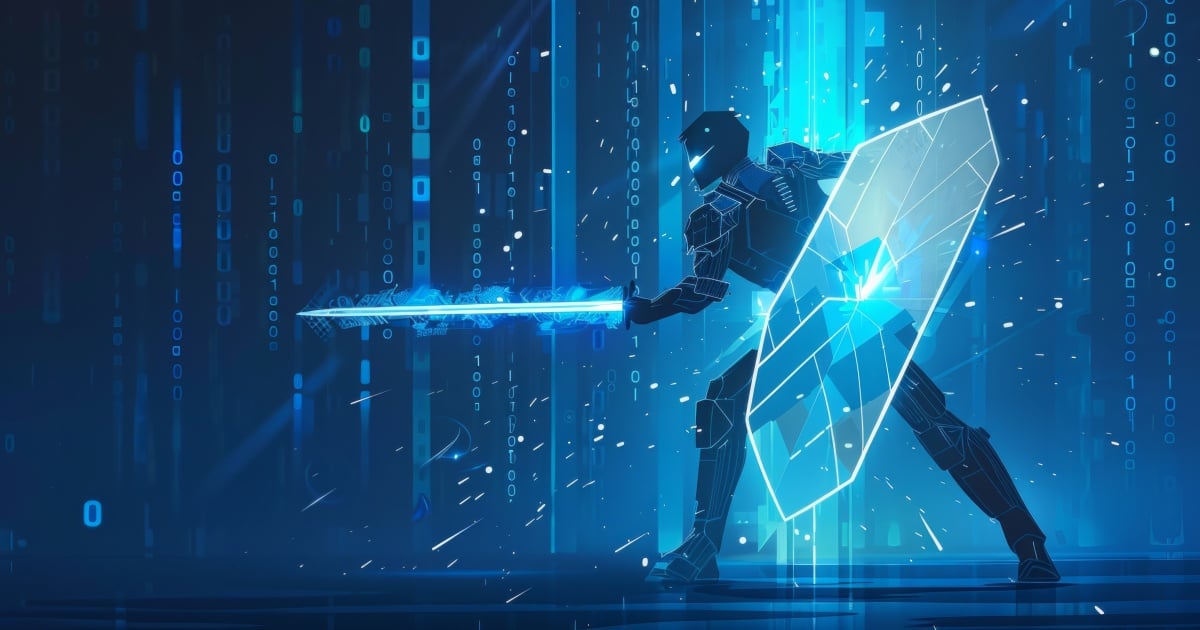The data center landscape is constantly evolving. Over the past ten years, with the emergence of the Internet of Things (IoT), facility managers are now equipped with the tools necessary to keep critical machines up and running 24/7. IoT technologies bring data centers a new level of control, and downtime caused by power incidences can be mitigated with these tools and resources.
Data center management and IT solutions come in many varieties, most of which include at least some power monitoring and management functionality. Generally speaking, however, no one solution offers all the features needed to keep uninterruptible power systems (UPSs), power distribution units (PDUs) and other critical power components operating at peak efficiency.
Facilities and IT managers use infrastructure management solutions to administer everything from applications and hardware to mechanical, electrical and plumbing systems. Most data centers require several of these solutions, which typically include at least some power monitoring and management functionality.
Power management considerations
Network management systems enable IT managers to view and administer all of an organization’s servers, storage devices and network resources from a single location. Network management systems excel at managing IT hardware and software, but provide limited visibility into a data center’s physical infrastructure, including its power systems.
Building management control (BMC) systems give data center operators centralized control over the facility’s safety, comfort and mechanical systems. BMC solutions are essentially a mirror opposite of network management systems in that they provide comprehensive control over physical resources but little to no control over IT assets. In addition, while most BMC offerings include power and cooling management capabilities, that functionality rarely extends all the way down the power chain to a company’s UPSs, batteries, PDUs and server racks.
Unlike network management and BMC systems, data center infrastructure management (DCIM) solutions provide unified control over both IT and mechanical resources, enabling administrators to manage everything from physical and virtual servers to power and cooling systems through a single console.
Solutions such as VMware vCenter Server, Microsoft System Center Operations Manager and Citrix XenCenter enable today’s highly virtualized data centers to view and control their many physical and virtual machines.
They also assist with power management virtualization management solutions that allow technicians to extend UPS battery life during utility outages by shutting down virtual machines and consolidating them onto fewer host devices. Solutions equipped with “live migration” programs such as VMware vMotion also let data centers move virtual machines from host servers running on battery power to unaffected servers elsewhere on the network or in a colocation data center in the cloud.
Solutions for power monitoring and management
Infrastructure management and virtualization solutions assist with a wide range of administrative tasks. Power monitoring and management solutions offer more specialized assistance with one particularly critical task: keeping a data center’s power systems running efficiently and continuously. There are two basic kinds of power monitoring and management solutions:
Entry-level power management solutions equip data centers with an extensive array of capabilities that infrastructure and virtualization management solutions typically lack, including the ability to: automatically discover UPSs, PDUs and other network-enabled power devices across the enterprise; group and display these power devices in logically arranged tree structures that make managing them easier; view and manage power assets through a single control panel that’s accessible from any web browser.
State-of-the-art entry-level power management solutions also integrate closely with leading virtualization management systems, enabling data center managers to: view, monitor and administer not only physical and virtual servers, but UPSs, PDUs and other power devices through one console; receive network- and power-related alerts through their virtualization management application, so they don’t have to watch for alarms in two or more different systems; shut down virtual servers as well as physical ones automatically and gracefully during power failures, or use live migration software to relocate virtual machines onto host servers in a backup facility or co-located cloud data center; automatically suspend non-critical virtual machines, consolidate critical loads on fewer host servers and shut down unused host servers.
Enterprise-grade power management solutions are designed for use in larger data centers with more complex requirements, enterprise-grade power management solutions come with more extensive and advanced capabilities than entry-level systems. Specifically, the best enterprise-grade power management solutions give IT and facilities managers the ability to: generate detailed energy-efficient reports and calculate key energy-efficient metrics such as Power Usage Effectiveness (PUE) and Data Center infrastructure Efficiency (DCiE); balance electrical loads to minimize peak demand and maximize energy cost savings; identify inefficient data center hot spots that can put wasteful strains on a facility’s cooling systems; measure power consumption on a per-workload basis to support energy chargeback initiatives; provide capacity planning data.
Power monitoring and management are complex tasks, but they are critical to maintaining nonstop uptime. To perform those tasks effectively, most facilities need one or more infrastructure management solutions, a virtualization management solution and a specialized power monitoring and management solution. Data center operators who wish to stop utility outages and power system malfunctions from disabling mission-critical IT solutions should ensure they have the right set of onsite solutions and remote services for their specific environment.
Arthur Mulligan is a Raleigh-based product line manager for Eaton’s U.S. power quality service organization and has celebrated more than 15 years with Eaton. He has a varied background of marketing, advertising and sales experience in telecom, software and professional services.
Jim Tessier is a product manager for IT hardware and software products, and has been with Eaton for six years. He introduced and grew the Intelligent Power Manger (IPM) software product from a simple power management platform to a powerful, award-winning data center power management software that integrates within the IT environment and offers controls to optimize data center power solutions.
Edited by
Ken Briodagh





